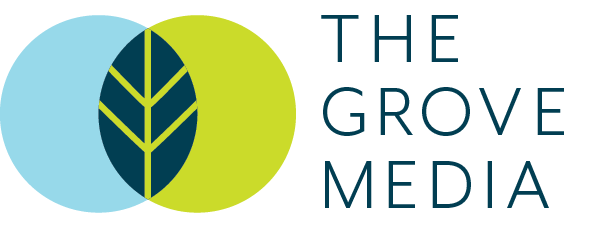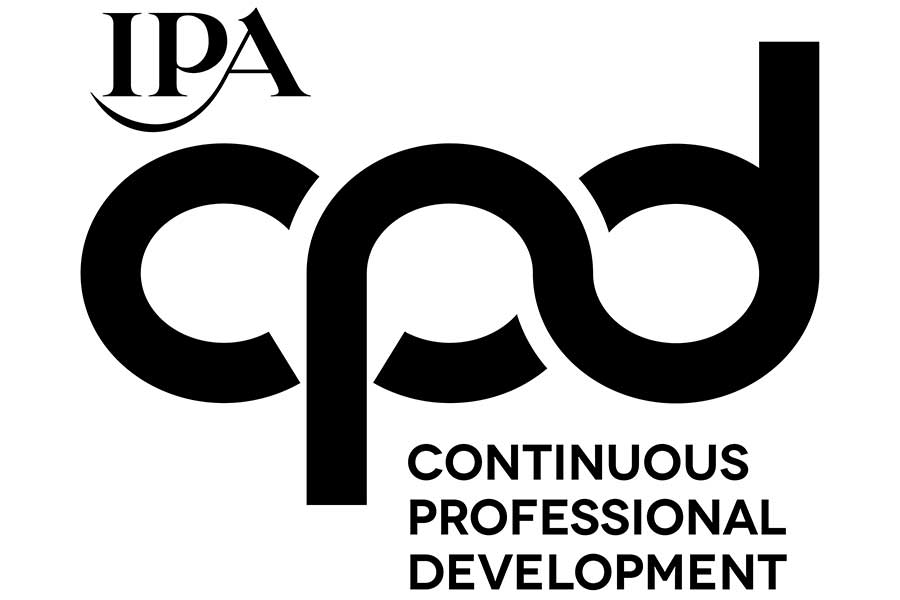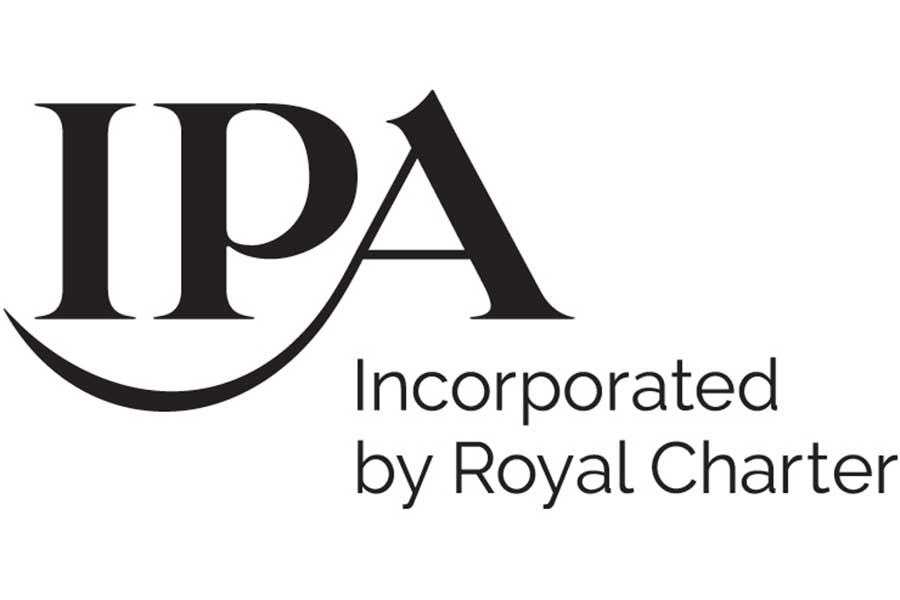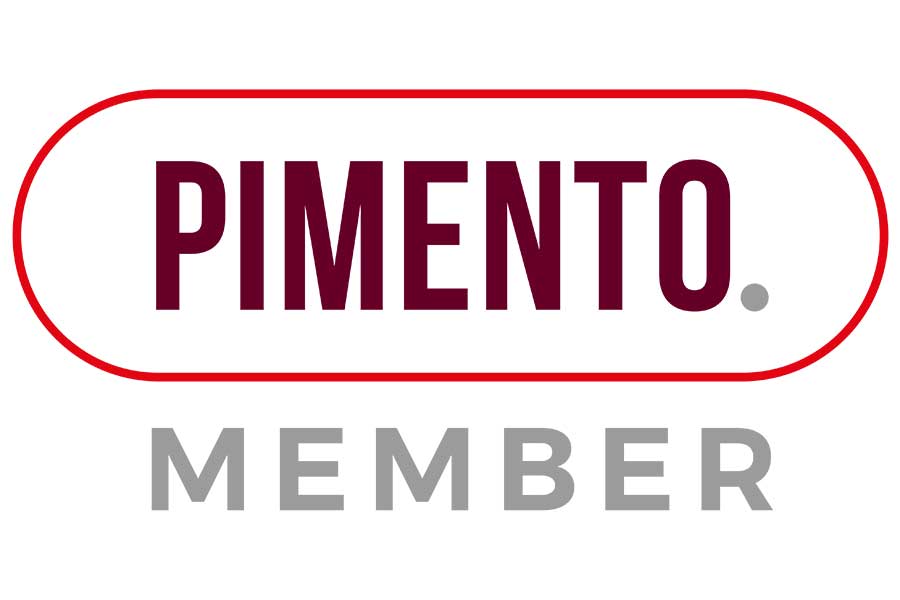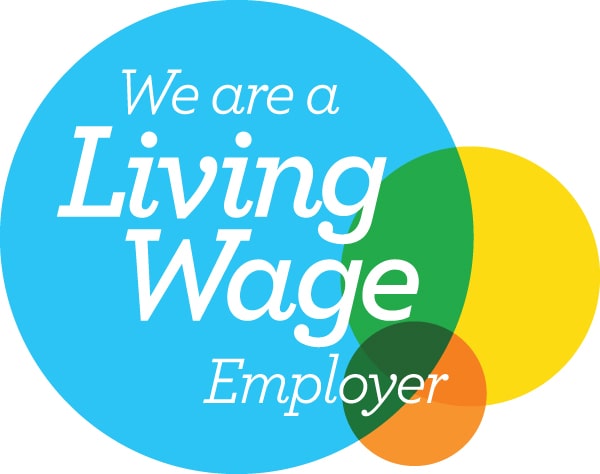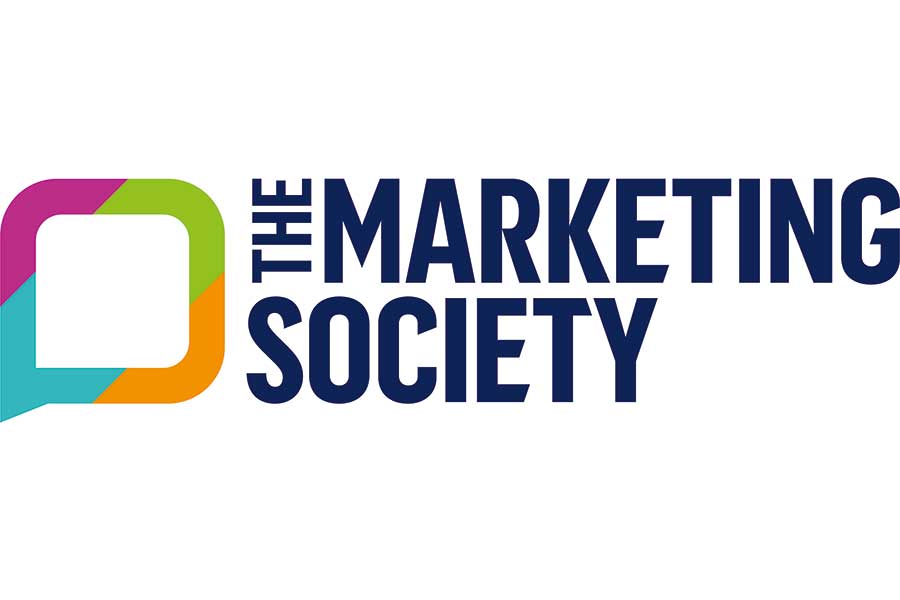Evaluating attention tracking as a potential alternative to cookies

By Ciaran Deering, head of online, The Grove Media
Source: WARC Exclusive, March 2022
Considers the role of attention in measurement in media strategies
- Attention measurement companies use eye tracking technology to monitor audience attentiveness and engagement.
- Different methods are used to measure attention across channels such as online programmatic, out-of-home and print.
- Attention tracking company Lumen says that, for one of its major UK clients, post-click sales increased by 309% against high-attention inventory.
Why it matters
Establishing the true impact of advertising is clearly an exciting prospect, but attention is not yet a mainstream form of measurement and more exploration is needed on the relationship between attention, quality and cost.
Takeaways
- Planning through the filter of attention shifts the focus to quality of environment, format and messaging which helps improve the impact of advertising.
- However, attention tracking generally speaks most directly to advertisers that place more value on brand as a key metric.
- For online start-ups and companies with smaller budgets that depend on short-term ROI, measuring attention may not help with driving acquisition at the lowest cost.
The search for a replacement for cookies has taken both a step back and a stride forward with Google’s recent announcement that it was abandoning its ‘FloC’ proposed alternative to third-party tracking, but replacing it with the Topics API.
Topics works by pinpointing five of your interests based on your web activity, as measured by participating sites, for one week. Not surprisingly, Google’s announcement was met with a decidedly mixed reception.
As the industry considers what to do next, the focus is inevitably turning to different types of metrics. While it’s been around for a while, attention is rising to the fore as an alternative – and arguably better – way of measuring online advertising.
This increased focus on attention is very positive and is in line with a growing move to contextual targeting. Attention metrics make up for the discrepancies in how reach and frequency are calculated across channels. And measuring attention also compensates for the shortcomings of viewability as a measurement. But, more fundamentally than that, attention indicates whether people are genuinely engaging with advertising, rather than just being counted as numbers.
How attention measurement works
While the industry has yet to adopt a standard for attention, there is fairly well-accepted understanding of how it works and what it does. Attention measurement companies use eye tracking technology to monitor and measure audience attentiveness and engagement. The approach can be used to report on campaign performance or to provide data for predictive planning.
Establishing the true impact of advertising is clearly an exciting prospect, but attention is not yet a mainstream form of measurement and more exploration is needed on the relationship between attention, quality and cost. For advertisers considering how best to maintain effective ad tracking, it’s worth taking time to consider the key issues relating to attention in advertising.
Firstly, you need to understand the market place for attention tracking.
At present there are two leading companies that use eye tracking technology to track and predict attention: Lumen and Amplified Intelligence. Lumen is the most established UK player and has long highlighted the benefits of attention tracking to the UK market. Amplified Intelligence is an Australian company that recently entered the UK market. Other players are out there, but they largely provide software and planning tools. With cookies set to disappear, expect to see more companies and tracking offers appear on the market.
Next, you need to consider the costs.
Measuring attention in online programmatic is arguably one of the most affordable and accessible forms of tracking, with advertisers either adding a script to creative or a direct plug-in to their DSP. Using Lumen’s rates as an example, costs for the javascript option will see an upweight to CPM, starting at around £0.05 CPM for standard banners, and increasing for more complex creative eg video. A direct plug-in, which is a custom algorithm, increases the CPM more significantly, to about £0.50 CPM for a standard banner.
A costlier option is tracking of creative prior to going to market which moves costs into the low thousands. There is no additional cost for the eye tracking technology, planning software etc.
Advertisers looking to go down this route are well advised to plan for associated costs going forward. There are lower entry costs for online advertisers, but that costs increase particularly if tracking attention on creative design and messaging. Attention tracking should be seen as a long-term investment that improves marketing both from a creative and media perspective.
It’s also important to understand how attention is measured across different media platforms. As previously mentioned, online display is managed via javascript or a custom plugin. It makes use of a viewability tag (e.g. Moat) which first identifies the viewability of an ad. A probabilistic model then pairs data from eye tracking panels, with viewability data to measure attention on an ad.
Print and out-of-home are measured differently. Print uses eye tracking technology across a panel of consumers, and then attention data is extrapolated from this. OOH attention tracking uses similar methods to outdoor measurement company Route and combines eye-tracking with video and viewability data to estimate attention. The sample sizes are still relatively small for OOH, but as attention becomes an increasingly important KPI, expect the market to increase investment in both technology and panel sizes.
Considerations for marketers
While measuring attention can clearly unlock powerful insights about the impact of advertising, it is certainly not a panacea. Attention tracking generally speaks most directly to advertisers that place more value on brand as a key metric. Positive attention tracking results point to a consumer having absorbed a message from a brand, but that doesn’t track an ROI-based conversion.
This is something that many direct-response-focused advertisers have been chasing and have become dependent on, ie did my investment sell a product, capture an enquiry etc. For online start-ups and companies with smaller budgets that depend on short-term ROI, measuring attention may not help with driving acquisition at the lowest cost. Here, highly trackable performance media – such as search, social which don’t actually facilitate attention analysis from third parties – is still the best route.
However, the process of gaining attention can have a very positive impact on commerce. Attention tracking company Lumen says that, for one of its major UK clients, post-click sales were shown to have increased by 309% against high-attention inventory. This is good news for brands with longer purchase consideration times but also for direct response focused advertisers looking to grow their businesses.
While the discussion is very much focused on tracking attention, I would argue that it should equally be on how best to drive attention. And there are some clear attention-based considerations that all advertisers can implement strategically to boost advertising effectiveness, without actually investing in costly tracking.
Planning through the filter of attention shifts the focus to quality of environment, format and messaging which helps improve the impact of advertising. Most of the attention measurement companies offer predictive planning tools, using panel data, that can help you to optimise media selection for higher levels of attention.
With online campaigns, it’s important to focus on the site lists and dwell times. Established, premium content publishers tend to attract higher dwell times, which can deliver greater advertising attention. For advertisers with tight budgets focused on short-term sales conversions, there will always be a trade-off here as cheaper networks with a wider range of non-premium sites will deliver better CPMs, but not necessarily audiences highly engaged with chosen content.
For traditional media, smart media planning can be adopted to focus on higher impact formats. Decisions can also be about channels that deliver higher dwell time. For example, the average 30-second TV ad delivers the same level attention as 4.5 Facebook in-feed ads or 40 desktop display ads (Ebiquity).
Attention tracking and predictive planning is clearly going to increase in importance over the coming months.
While the ability to measure attention has been around for several years, it’s not been a key consideration for most advertisers, so the marketplace for attention tracking solutions has been bubbling under.
Expect more options to appear, panel sizes to improve and, hopefully, costs to become more attractive. But for those advertisers that won’t be able to invest in attention tracking – and that will be a significant number – there are key decisions you make during the planning phase to increase attention during a campaign, even if you are unable to track the results.
© Copyright Ascential Events (Europe) Limited 2022
Ascential Events (Europe) Limited
Picture courtesy of Ion Fet@ Unsplash
